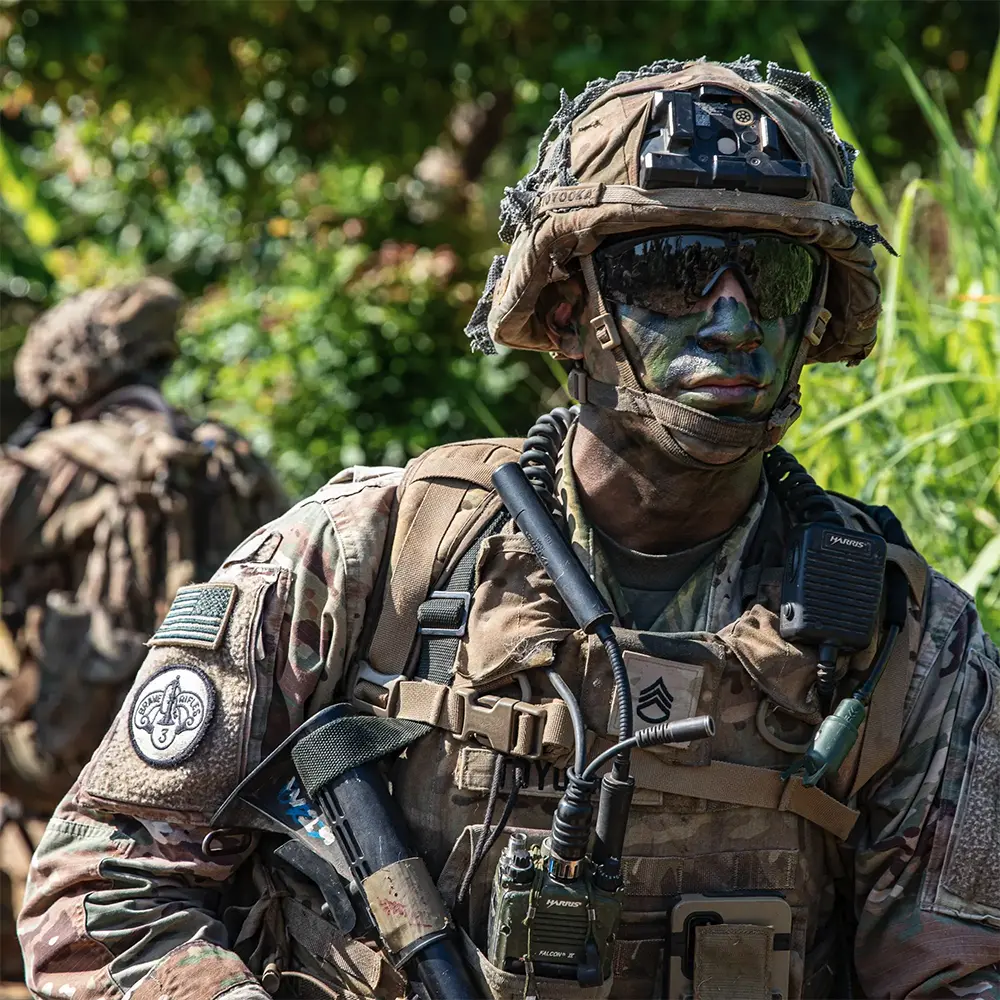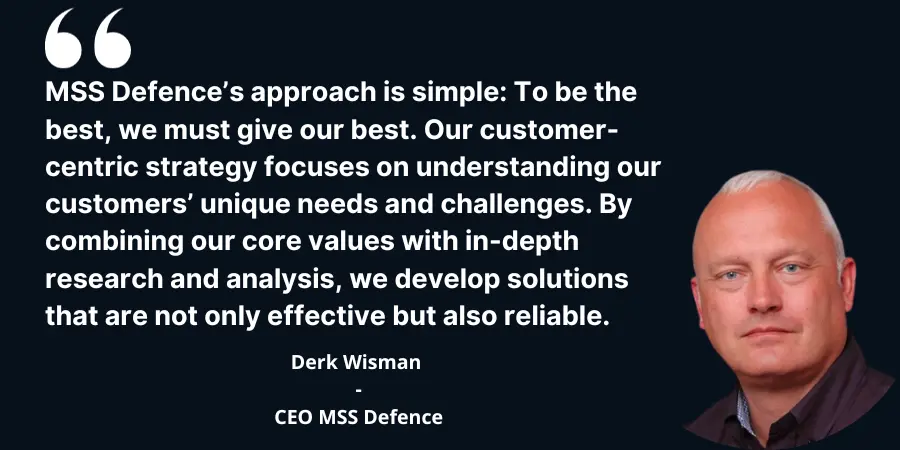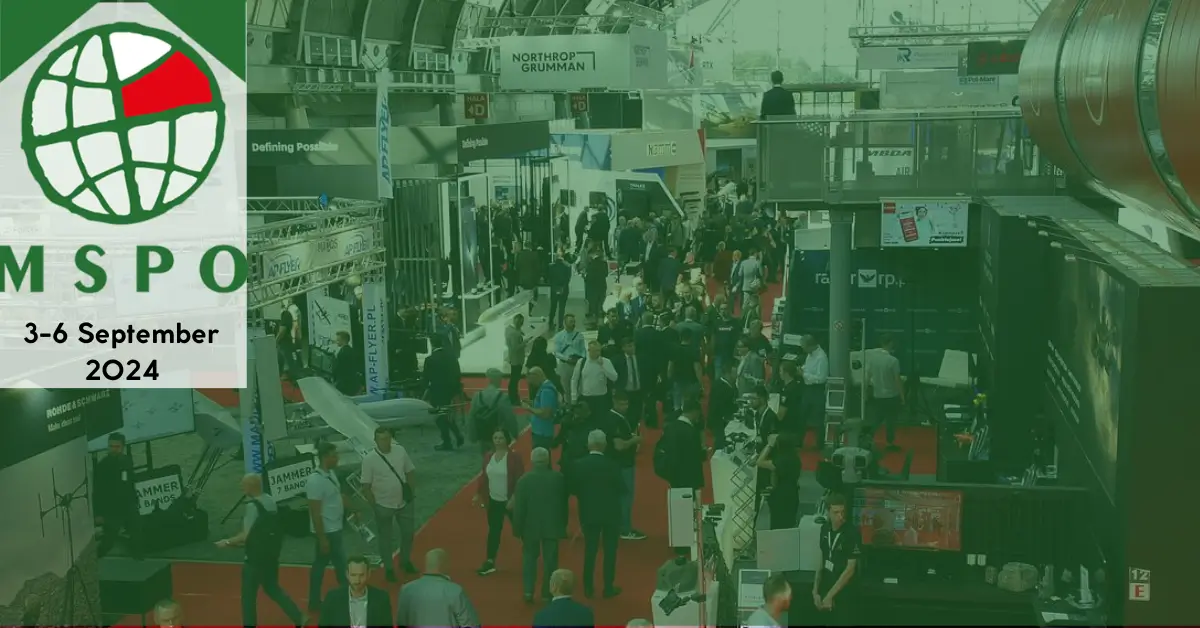
products.
situational awareness
Survivability




Our products.
Surveillance


Survivability


upcoming
events.
Engage with us and explore our solutions at these exhibitions and events.
About us.
MSS Defence is dedicated to preparing individuals and organizations for any mission. We enhance situational awareness and survivability for defence and law enforcement.
We offer our customers expert advice and products for surveillance, communication, protection and endurance.
Our customers face real risks. They need and deserve our continuous support. When in harm’s way, they count on our immediate assistance. We ensure we are always mission-ready to serve them.


















